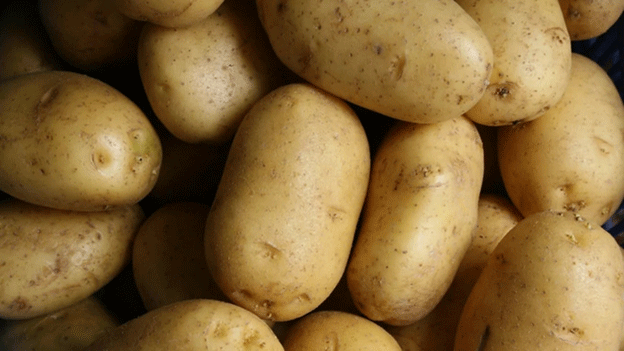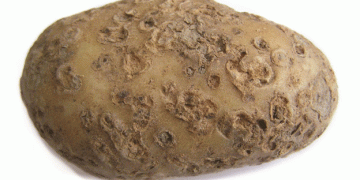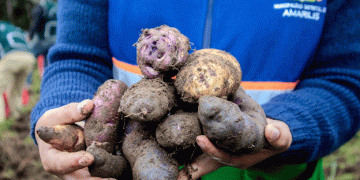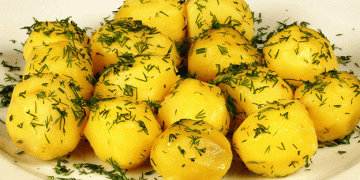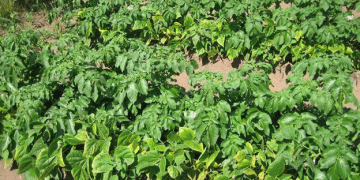Russia’s agricultural industry is facing a severe challenge as the country’s potato reserves are projected to be depleted by early 2025, according to recent data from Izvestia. The 2024 potato harvest experienced a significant decline of 15%, yielding only 6.8 million tons compared to the previous year’s record 8.6 million tons. With a national demand of at least 8 million tons for self-sufficiency, this shortfall has sent ripples of concern through the agricultural sector.
Factors Contributing to the Shortfall
- Reduced Sown Areas: The record harvest of 2023 had a paradoxical effect. It led to a drop in potato prices, which subsequently forced some farmers to reduce the area of land devoted to potato crops. The reduction in sowing has had direct consequences on this year’s yield.
- Adverse Weather Conditions: The 2024 season has been marked by erratic weather patterns. Frosts, prolonged droughts, and periods of excessive rainfall created a perfect storm that negatively impacted crop development. This resulted in not only a lower total yield but also a deterioration in quality. According to Alexey Krasilnikov, Executive Director of the Russian Potato Union, a substantial part of the harvest comprises small potatoes, which fail to meet the standards set by retail chains.
Strategic Moves by Retailers
Faced with the looming shortage, Russian retailers began preparations unusually early. By September, they had already dispatched representatives to Egypt and Belarus to secure supplies. Importation from these countries is expected to begin as early as February 2025. This strategic move is essential to fill the impending gap in domestic availability.
Economic Impact and Price Fluctuations
The financial implications of the shortage are already evident. As of early November, wholesale potato prices rose to 25 rubles per kilogram, up by 2% from the previous week. Retail prices have also climbed, reaching 45.9 rubles per kilogram, an increase of 2.9%. Dmitry Leonov, Vice Chairman of the board at Rusprodsoyuz, stated that potato prices will continue to be influenced by the balance between supply and demand. The situation has already contributed to a 54.7% increase in potato costs since the beginning of 2024.
The potato crisis in Russia highlights the vulnerability of the agricultural sector to fluctuating market forces and climate variability. For farmers and agricultural professionals, the current situation underscores the importance of strategic crop planning and the need for adaptive measures to combat unpredictable weather conditions. As reliance on imports becomes inevitable, collaboration between domestic producers and policymakers will be crucial to ensure food security and stabilize market prices. While retailers have acted quickly, the burden also falls on the agricultural community to explore sustainable practices for future resilience.
